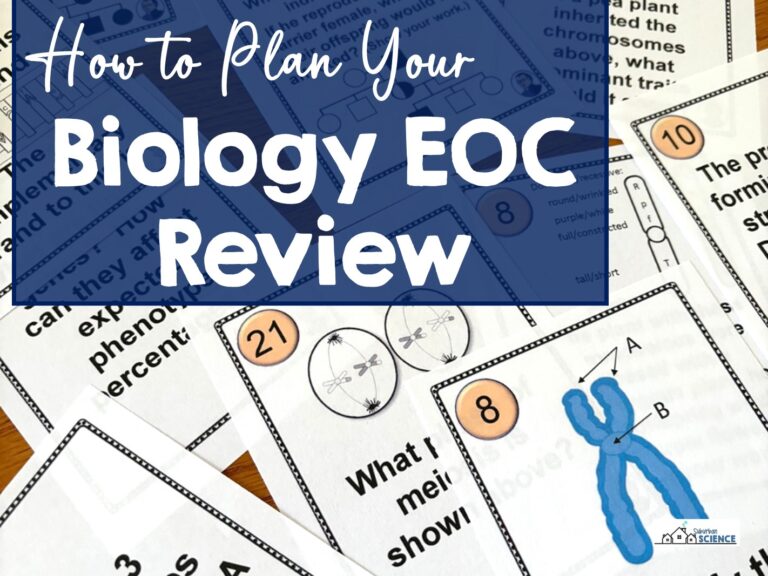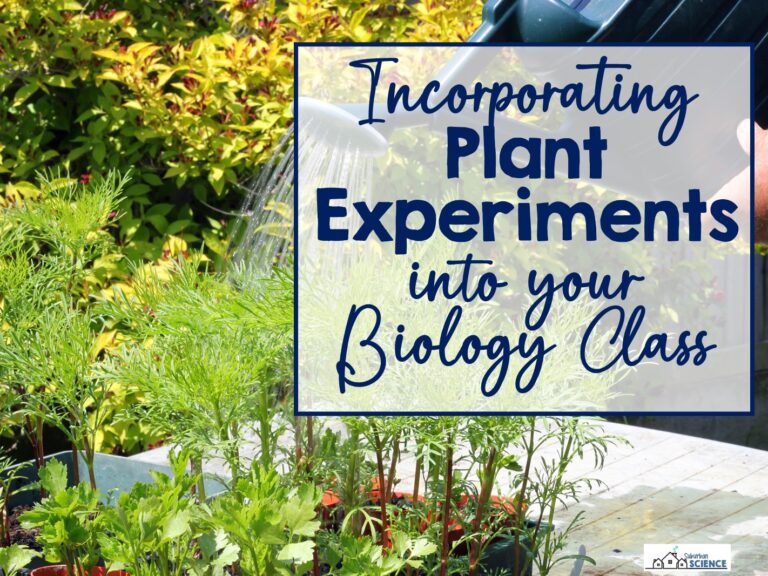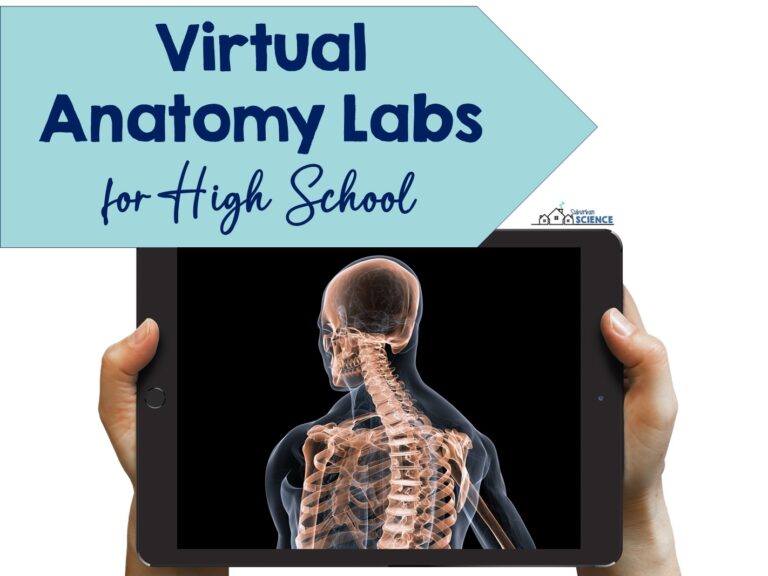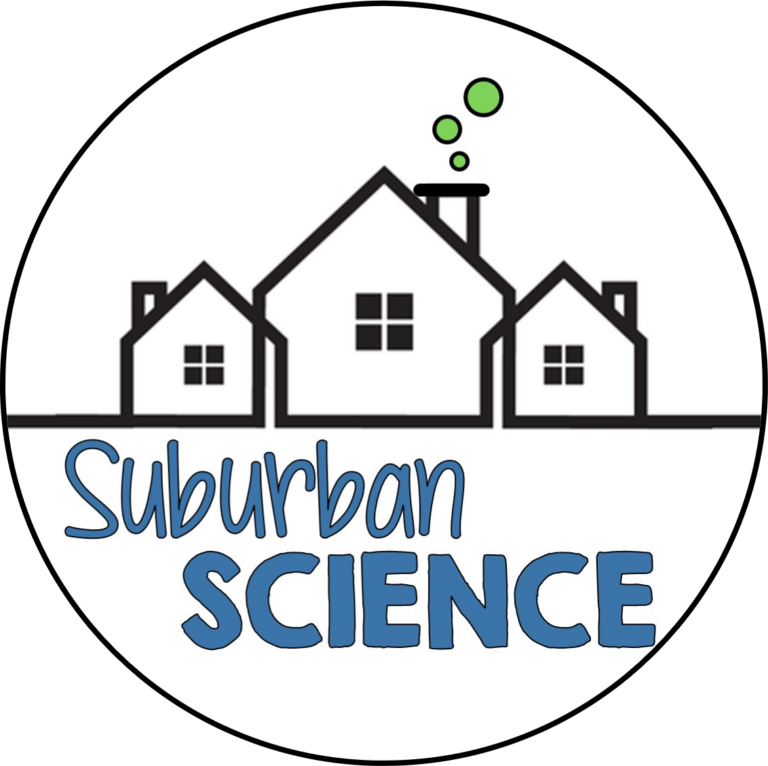Skeletons and fake blood? It’s like these Halloween ideas were made for Anatomy classes! Although I always include lots of experiments, projects, and labs in my Anatomy and Physiology course, Halloween is the perfect time to incorporate a few more. These engaging and creative Anatomy lesson ideas are sure to wow your students this year while they’re also secretly learning!

1. Anatomically Correct Skeletons: Have students find decorative skeletons during Halloween and decide if they are anatomically correct. If they are not, students can identify missing bones, processes, etc. Distance learning students could go on a walk around their neighborhood and take a picture of a skeleton or look up skeleton decorations online. Responses can also be presented as a fake Amazon review, discussing the missing parts.
2. Lay the Myths to Rest: Give students a blank paper or digital tombstone and have them look up a commonly discussed medical “fact” (ex: it takes you seven years to digest swallowed gum). They can write the “fact” on the tombstone along with research that supports or disproves it. They present the truth to the class and, if applicable, “lay the myth to rest”.
3. Wound Lab: Students make false wounds using a few simple supplies: vaseline, cheap toilet paper, cocoa powder, and red food coloring. This video explains the process. Students can explain the location of their wound using anatomical and directional terminology. They can also identify the stage of wound healing, the depth into the skin or how the wound will be healed. Lots of options for using this lab! See the bottom of this post for a free worksheet for making fake wounds.

4. Anatomical Tombstones: Students can create tombstones using anatomical and physiological descriptions of an imaginary individual’s death.
5. Anatomical Ghost Stories: Students write ghost stories using as much anatomical vocabulary as possible and share their stories with the class.
6. Jack-o-lantern Labeling: Students can make jack-o-lanterns and then label the eye orbits and nasal cavity bones. (Credit: Katelyn Christensen)
7. Skeleton & Muscle Model: Students add clay muscles to inexpensive skeletons identifying each muscle. (Credit: Jessica Parker from Teach Everyday)
8. Human Body Costumes: This is a great time of year to have students make costumes or face paint that shows the anatomy of various parts of the human body.
9. Digestive System Activity (great for middle school!): Students trace the path of a piece of candy through the digestive tract. Each student researches a particular part of the digestive tract and identifies what happens to the candy at that location. As a class, students can organize themselves into the correct order.
10. Dia de los Muertos Skull Diagram: Skulls can be decorated with beautiful anatomical terms to identify the parts of the skull in the colorful and creative style of Dia de los Muertos skulls.
11. Create a Morgue: Students analyze skeletal remains to identify causes of death and provide descriptions of injuries using anatomical language. (Credit: A Teacher on the Edge)
12. Zombie Anatomy: How do zombie body systems differ from those of living humans? Use this interactive and surprisingly detailed zombie anatomy simulation to engage those students! Seems like the perfect Halloween homework assignment to me!
Additional Creepy Resources:
Dead Bodies Keep Moving for More than a Year After Death, Forensic Scientist Finds
Sci Show Video: The Strange, Smelly Science of Decomposing Bodies





